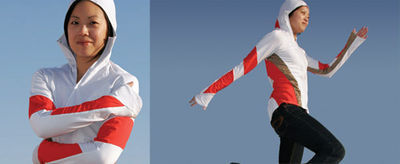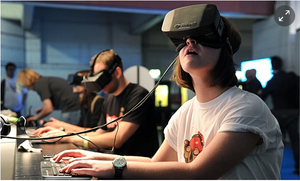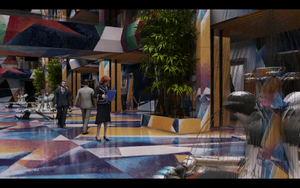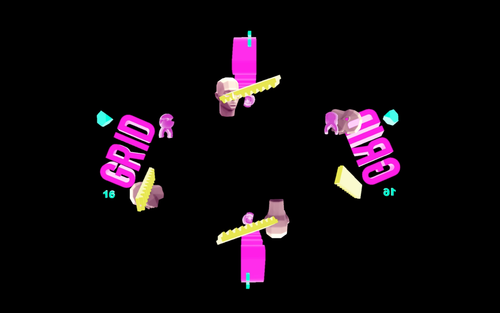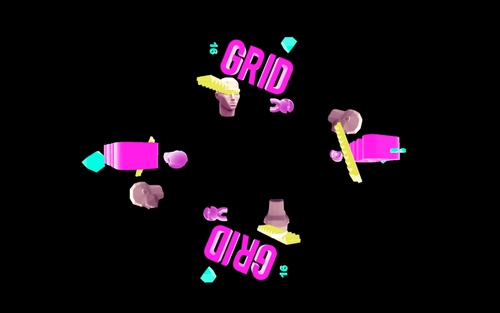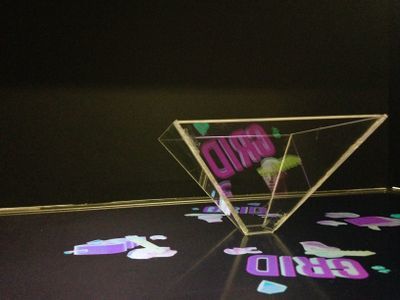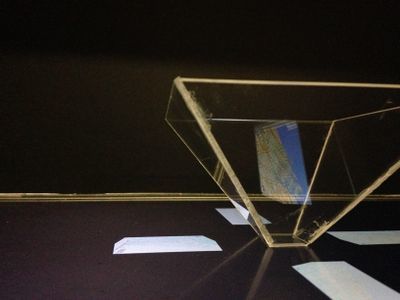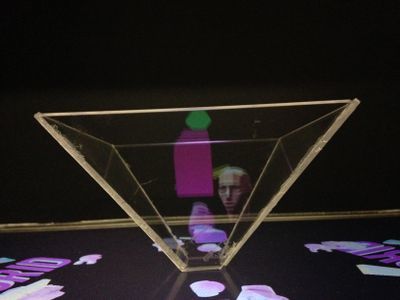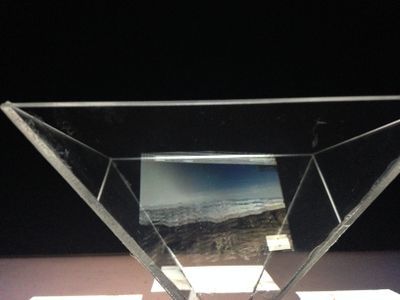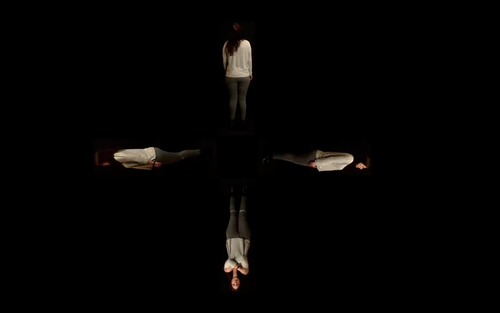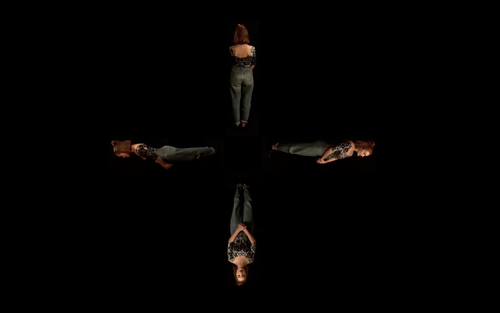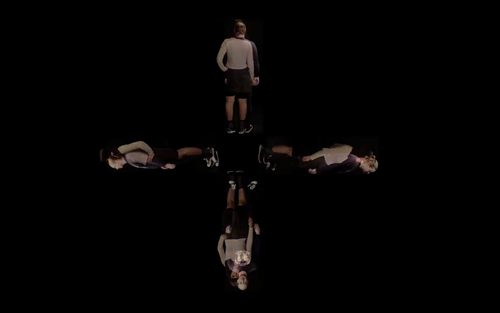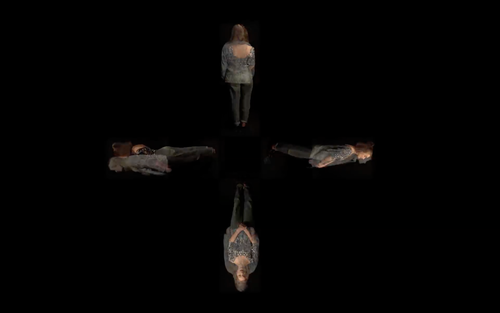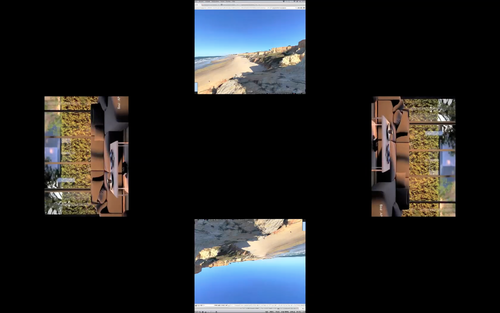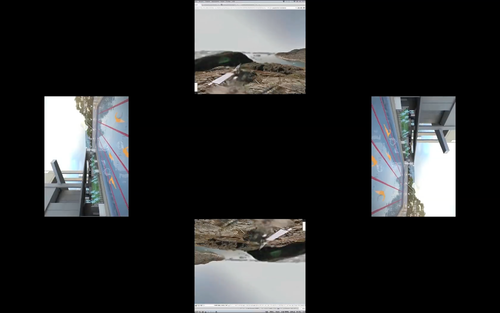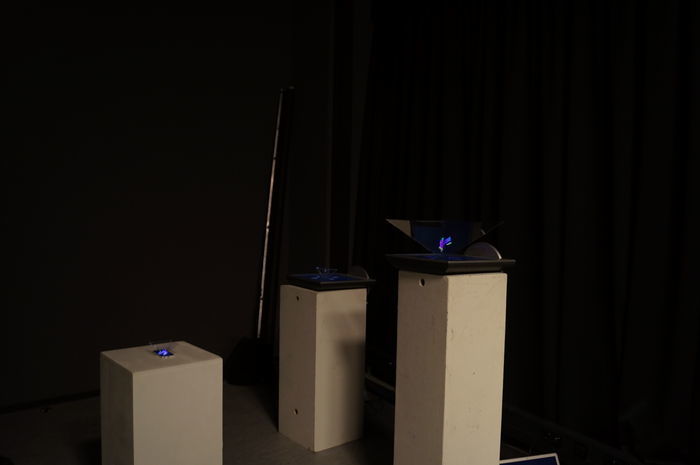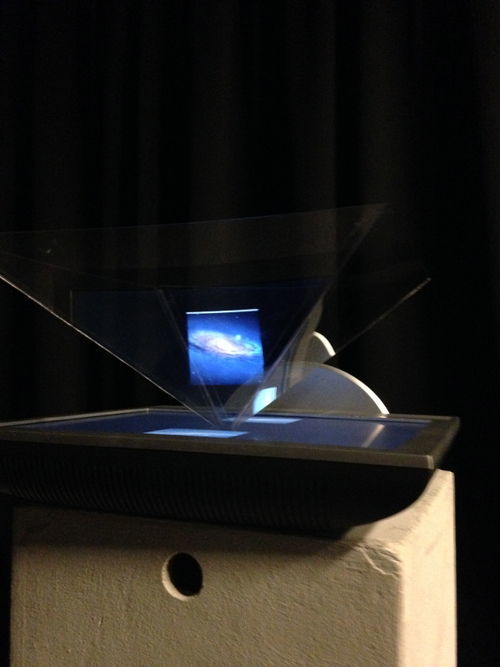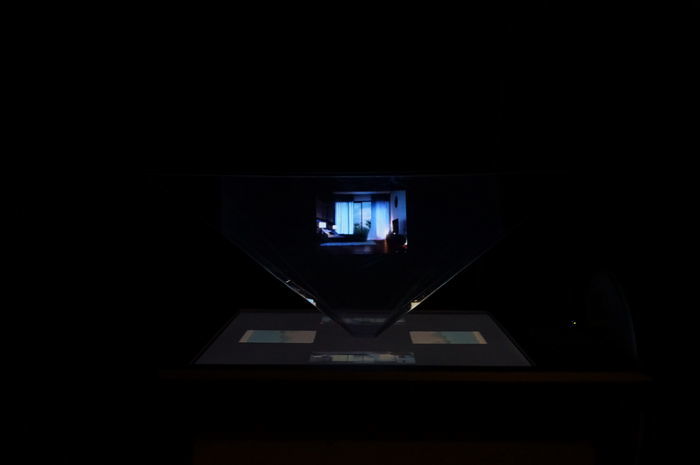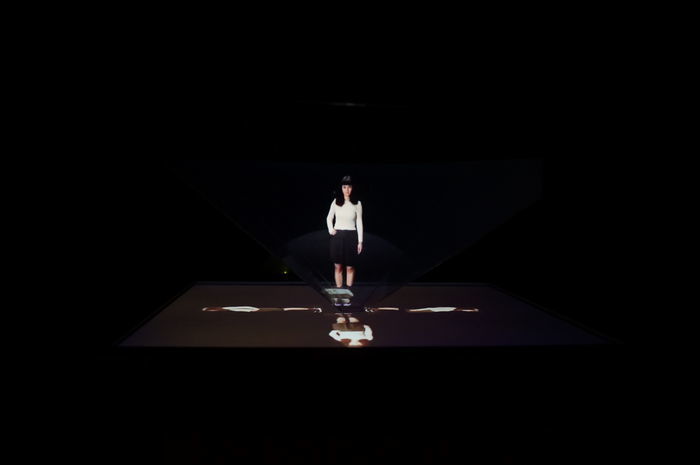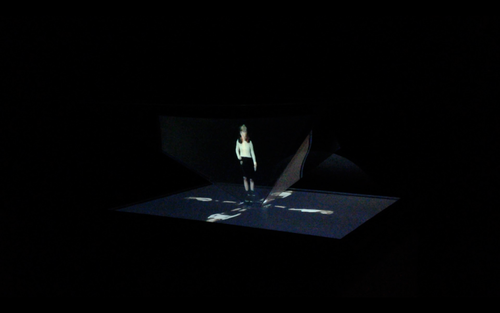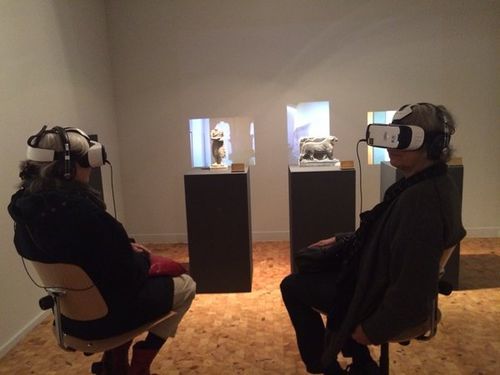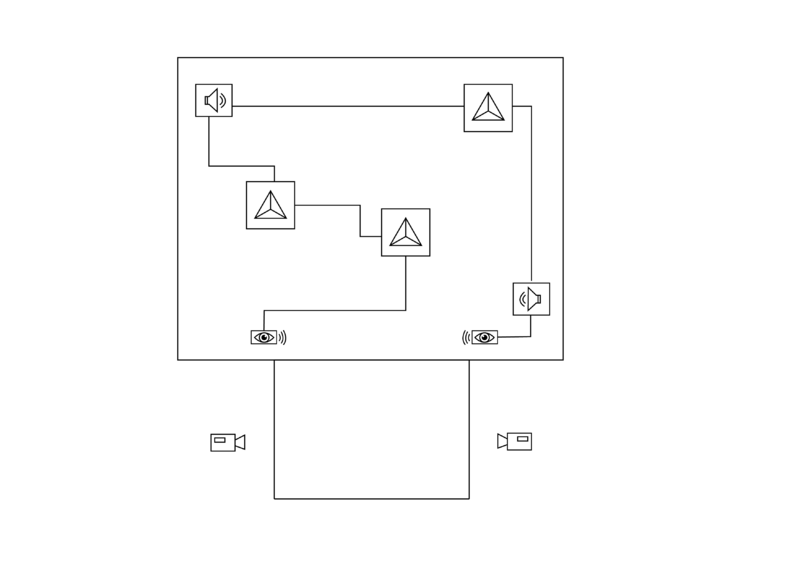Unraveling the infra-ordinary (of the 21st century)
Contents
Field Research
people walking around while looking on their phones, calling someone, texting..*headphones to listen to music or talk to someone (still feels unfamiliar and strange if someone talks while wearing headphones)*man stands in the middle of the street, his arms raised up in the air, taking photos with an iPad, after a while he turns around 180° and takes a Selfie in front of the scenery he shoot earlier*20.9. from 15.20 walking around in the North of Rotterdam (noordmolenstraat) a lot of people walking around, sitting in cafes, shopping, some of them talking on their phones or looking on it while walking (head lowered). cafe from 16.11. two people sitting at a table (men and women)drinking a glass of wine, their smartphones lying on the table in front of them, man looks at the phone, they continue talking, the women leaves the table and the man takes his phone and holds it in front of his face, looks like his is taking photos, since he is sitting at the table opposite to me, he could be taking photos of me (feels unconfortable)* 8 women having wine together, every once in a while one of them lowers her head and does something on her smartphone, the conversations aren't interrupted*the waiter has a digital device to take orders, which looks like a phone, he looks like he is texting while taking an order*group of 5 men and 3 women, smartphones on the table and often on other objects like wallets or for example sunglasses on the phone
17.9.things I did today on my digital devices
8.30 woke up, answered on Facebook messenger, that we would Skype around 9.30
8.30 - 9.30; requested two new friends on Facebook, alarm clock at 09.00 (phone)
9.30 skyped until 10.30 (computer), images sent via Skype (phone - Skype version on the computer can't open photos)
since 10.30 listen to a remix, that was sent to me via iMessage (phone), short Facebook chat, checked my mails (computer), internet research, writing text (computer)
12.00 -12.36 watched an episode
13.29: answer to a previously read Facebook message, about rescheduling the evening appointment on Skype, (read-phone, answered-computer)
14.30 tried to connect with the wifi at city hall, password needed, unable to log in (phone)
15.15 called colleagues make plans
16.45 connected to eduroam/wdka, internet research, work (computer)
18.30 called someone in austria (phone)
19.00 connected to the internet at home (computer+phone)
until 22.00 checked emails, Facebook, research, watched a movie (computer)
(18.9.)
09.00 alarm clock (phone)
10.00-11.30 research, listen to radio, Facebook conversation about the plans on weekend (computer)
12.00 facebook message
12.30-14.00 work/research (computer)…
(Laptop/Smartphone is an important tool in everyday life. in terms of work, entertainment, communication and private/working relations. To communicate, gain knowledge, information, listen to music, watch films, watch series//Apps I use: Facebook, Facebook Messenger, Skype, Google Maps, Radio(Ö1), Youtube, for public transport(in Vienna/Austria)
The internet is taken for granted, Safari Browser, Camera, Messenger, Phone)
Research/Themes/Prototype
- Communication/Skype
Our digital devices are often used to communicate, with a specific person, a group of people or a more or less anonym audience. The feeling that everyone is reachable any time is created. (You are never alone any more, because there are so many ways of communincation) This is creating new globalized relationships. An increasing mobility of humans throughout the globe make the digital devices crutial.
Skype is creating a feeling of closeness, although you can't touch the person so are taking to or even look them in the eyes properly. In a way you fell futher apart from the people you skype with and at the same time it is nice to be able to see them. Disruptions in-between conversations cause problems, repetitions, video or audio transfer is delayed or stops, --> Skype Room, Skype Suit --> Hug Shirt (- wearable technology) - the world's first haptic telecommunication wearable How could Sykpe trigger other senses like touch? With the Hug Shirt you can sent hugs to the person wearing it.
The Hug Shirt is not meant to replace human contact, but to make you happy if you are away for business or other reasons and you miss your friends and loved ones. It also has some very interesting applications in the medical field with the elderly and children. And it is fun to use and very soft. How could human interaction develop if devices and tools like the Hug Shirt would improve, so it's able to commincate touch more realistically?
- Virtual Reality
The computer-generated simulation of a three-dimensional image or environment that can be interacted with in a seemingly real or physical way by a person using special electronic equipment, such as a helmet with a screen inside or gloves fitted with sensors. (Oxford Dictionaryies)
How much time do we spent in different virtual realities?
How will virtual reality develop and improve (imitating reality) in the future?
Under which circumstances would we stay in a virtual reality?
How would we describe the digital culture to aliens?
(oculus rift, motion suit, smart gloves//digital devices as extension of the human body f.e. Biohacking (DIY Body Modification) [1]
During the research I got really interested in the work by Jon Rafman, who is a Canadian artist, filmmaker and essayist.
In his work and films he is exploring the impact of technology on contemporary consciousness, frequently using images he finds on the internet.
He is well-known for his project called 9-eyes, where he is collecting and exhibiting images from google maps.
The images often show violent content and raise the question if he actually found them on google maps or staged them for his project. Therefore questioning the representation/imitation of "reality" on internet platforms. The thought that google maps could be releasing images like the ones Rafman shows create a feeling of unease. 9-eyes: [2] He is also working with short movies, the most intesting for me where videos like Mainsqueeze, Still Life (Betamale) and Popova-Lissitzky Office Complex. Videos on vimeo: [3]
Conception/Planning : Virtual Realities (“Magazine”)
in collaboration with Judith van der Heiden [[4]]
Our starting point was the observation, that we (a lot of people living in the 21th century) spent a lot of time on our digital devices. They are used in different parts of everyday life, like working, communicating and entertainment and present an access to digital reality. We understand digital reality as a form of virtual reality, although the term is mainly used in a video gaming context.
From our point of view, the virtual reality could be understood as a parallel reality one could enter through different social media platforms, interactive games or google maps.
We became interested in the different digital devices like the oculus rift or motion tracking suits, which function as an access to the virtual world. It's interesting how those devices are being used and which affects they have on the human body or trigger all five senses, for instants the oculus rift often makes a lot of people lose their balance. Another important aspect was, the question of how much time in virtual reality is healthy and at which point it's turning into an addiction. In terms of gaming addictions is often said by affected persons, that the seams between reality and virtual reality are starting to break down, if you spent a lot of time in virtual reality. The virtual world can be so seductive and realistic, that it becomes more interesting than the "real" world.
Our speculative approach to the theme, made us think about a future, in which the virtual world became so real, that it could be mistaken for the "real" world/outside world. In that scenario the virtual world would be accessible to a broader public.
Under which circumstances would people stay in virtual reality forever?
How must the interactive digital devices develop to make people wanting to stay in virtual reality?
How would such a world look like?
How would human interaction change? Could a new more direct form of communication develop?
We would like to speculate about this future world and design a magazine (placeholder word) that would be published in and about this future. In the context of this magazine our current time, would be called post reality and people spent most of their time in different virtual realities. The content of the magazine would be based on our research and fictional ideas about the future.
An important point about the project was the question of media and form of presentation. Since a printed magazine is a very contemporary medium, we thought about using new digital technology to maybe create an interactive magazine, one could walk though. Maybe using different gestures of our everyday life, like swiping, zooming etc. We decided on using holograms to depict our ideas.
Having more than one of these holograms placed in a darkend room, could create the feeling of walking though the magazine/a virtual world.
As a starting point we made two videos, one showing a possible logo of the magazine and another one working Google Maps and computer generated voices.
In this context Google Maps function as an example for an easy accessible virtual reality, which makes it possible to go to a lot of places virtually. The world is virtually mapped and shown in a specific way, which is now common knowledge. Using this well known aesthetics on one hand shows a contemporary approach to virtual reality and shows on the other hand possibilities to think about ohow the technology could develop.
To watch the videos: [5]
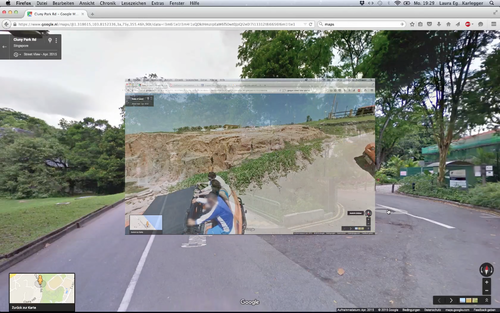
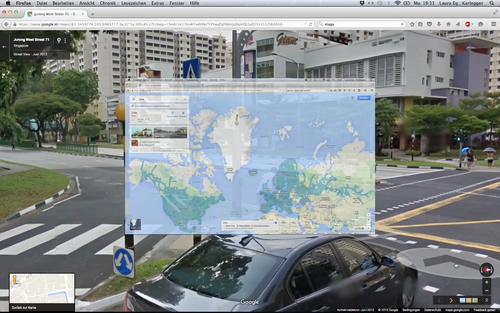
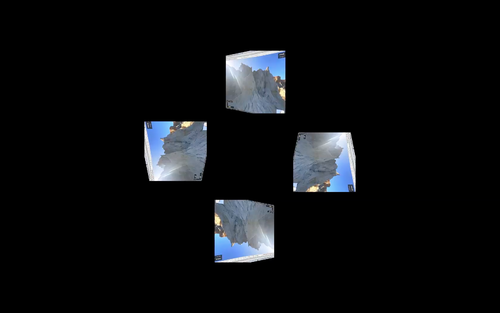
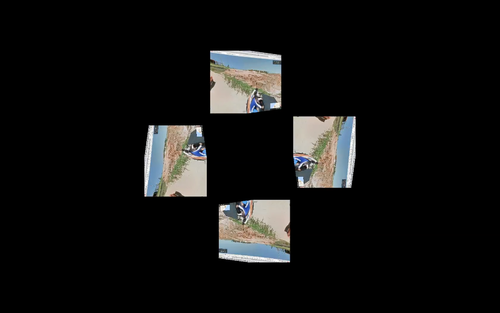
"Everything we experience can be reduced to electrical activity stimulating our brains as our sensory organs deliver information about the external world.
This interpretation is what we consider to be "reality."
The brain is reality.
Everything you see, hear, feel, taste and smell is an interpretation of what's outside, and created entirely inside your head.
In your head you can create whatever you want. You can be whoever, whatever, where ever you want to be.
This is what virtual reality holds out to us - the possibility of walking into the constructs of the imagination."[6]
Hologram/Medium
First Test:
Final Project
For the final project/presentation we decided to focus on a fictional character/user, who's spending most of her time in virtual reality. It's a speculative approach and we placed the whole scenario in a future.
Working on a theme like this we are influenced by our own experience and imaginations, but of course also by SciFi Movie, series and images.
Already existing technology played an important role in terms of inspiration for the project. As well as contemporary visual language.
We working on an installation depicting the life of that person.
The installation consitis of four parts:
- The physical appearance of a person in virtual reality. (Hologram)
- the surrounding/navigation in VR. Shown in a video. Using found footage. (Hologram)
- the User ID of that person. (Hologram)
and
- a sound piece about everyday life in virtual reality.
Appearance
To depict our ideas about appearance in virtual reality, we made holograms out of some of our classmates and ourselves.
We took videos of each person from 4 angels, edited and positioned the video clips in FinalCut.
In virtual reality the appearance will be variable. Everyone will be able to look different at any moment.
To show this idea, the separated videos are morphing into each other.
Surrounding
To show our ideas on navigation in virtual reality, we sticked to our initial idea of using Google Maps and combined it with footage found on the internet. The footage is showing images of interior-, landscape design and architecture in a very smooth, flat and clean manner [7]. I mainly used an Architectural Animation Reel from 2014 made by a company called DOF (Depth of Field - refering to a photographic techniques), which shows an animated walkthrough luxurious houses and neighbourhoods all over the world. I find it interesting to think about the relation between virtual reality and luxury.
How would the virtual living, working spaces and neighbourhoods look like, if everyone could just design their surroundings according to their imaginations and desires?
I believe it would look crazier, that the images we chose. It was interesting for me to work with footage that's close to our contemporary visual language and reality.
ID Card
The ID Card represent the way of identification in VR through a Username. At the same time this hologram is functioning as the title for the project.
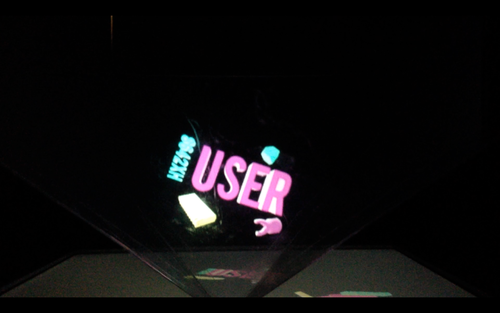
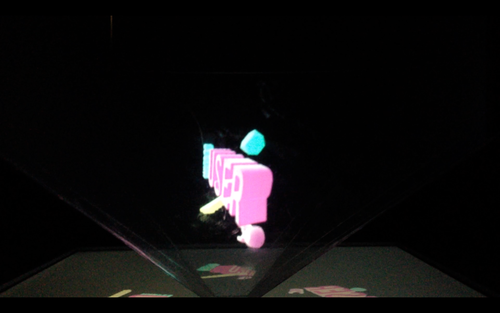
USER 8642XH
We always communicate through our user name. Therefore we have become our user name.
Everyday Life (Sound Piece)
The spoken text for the audio file is a combination of quotations of texts we read during our research, our conversations and statements on virtual reality. Sources: [8]
Text:
"Everything we experience can be reduced to electrical activity stimulating our brains as our sensory organs deliver information about the external world. This interpretation is what we consider to be "reality."
The brain is reality.
Everything you see, hear, feel, taste and smell is an interpretation of what's outside, and created entirely inside your head.
We are all living in our own simulation of the "reality".
In your head you can create whatever you want.
You can be whoever, whatever, whereever you want to be.
This is what virtual reality holds out to us : the possibility of walking into the constructs of the imagination.'
USER 8642XH
We always communicate through our user name. Therefore we have become our user name.
LIVING IN THE VIRTUAL REALITY PRECISE GEOGRAPHICAL LOCATIONS AREN'T IMPORTANT ANYMORE.
THERE ARE NEW WAYS TO MEET.
I live in a small apartment. Consisting of a small bedroom, a bathroom and a VR room. The VR room is the device to enter virtual reality.
EVERYTHING IS HEAVIER AND SLOWER IN POST REALITY.
After I'm done with my morning routine, I go to the VR room and enter virtual reality. I have access to 70% of common virtual space, but I want to buy 100% access.
YOU ARE ABLE TO DESIGN YOUR APPEARANCE EVERYDAY!
THE DIGITAL DEVICES MAKE IT POSSIBLE TO VISIT THOUSANDS OF PLACES!
I'm working in a private space in VR, which is open to the public during certain opening hours. We are connected through our thoughts, dreams and emotions. Either we are present as virtual bodies, written text or disembodied voices.
INSTEAD OF HAVING TO USE LANGUAGE. WE CAN LITERALLY SHOW EACH OTHER WHAT WE MEAN. IT'S LIKE WALKING INTO CONSTRUCTS OF IMAGINATIONS.
WE HAVE TWO MINDS: AN INDIVIDUAL AND A COLLECTIVE MIND.
For meetings we use the collective mind. Decisions are made faster this way.
IN VIRTUAL REALITY EVERYTHING IS EASIER, LIGHTER AND FASTER.
You just think of the place you want to go and after a short time of loading and processing you are there. During my breaks I sometimes go to the Alps for skiing. I do a lot of different sport activities, so I can return to work more relaxed and active.
BE IN CONTROL OF YOUR LIFE.
BE IN CONTROL OF YOUR WORK.
BE IN CONTROL OF YOUR LEISURE TIME.
CREATE YOUR OWN LIFE.
YOU CAN BE WHATEVER, WHERE EVER, WHOEVER YOU WANT TO BE."
We used different computer generated voices provided by the Mac Computer and a site/programm called NaturalReaders.
Abstract
We started to be interested in virtual reality, because of our observation, that we spents a lot of time on online platforms. For instance Facebook, Instagram or Tumblr are virtual representations of our lives and personality and we seem to spent a lot of time with the perfection of our digital representation/appearance.
The fact that we already spent a lot of time online and therefore in a sort of virtual reality of everyday life, is something we need to reflect on. Where is our life actually happening online or offline? Although we believe there are also opportunities and positive aspects to our online life, networks and virtual realities, we still believe, that we need to think about our own position with contemporary online culture and how it could develop.
This thought led us to be interested in devices like the oculus rift, which represents an direct access to virtual reality. The quality of digital visual language is getting more real and precise.
What would happened it the virtual reality got so real, that we couldn't tell the difference any more? That was a starting point for our project.
How would a future look like were we spent the majority of our time in virtual reality? How would that reality look like?
We shifted away from our initial idea of making a walkthrough magazine to an installation, making aspects of how we imagine virtual reality in the future visible and audible.
Using the technique/medium of the hologram and video, we are showing appearance, navigation, representation and everyday life in virtual reality in the future.
Presentation (10.11.) + Documentation
For the presentation on the 10.11. we made an installation consisting of the 4 elements described in the previous text (Username, Appearance, Navigation, Everday Life). Three socles where positioned in a triangle behind a temporary wall, which represented the entry to VR. The sound piece was audible in the whole room and the audience was able to move freely in the installation. The sound piece showed analogies to the images shown in the hologramms.
Q10/Continuation of Unraveling the infra-ordinary/Virtual Realities
in collaboration with Judith van der Heiden
Recap + Outlook&Possibilities
How we would like to continue The installation as a form of presentation will remain. The question is how to bring the elements of the installtion closer to each other, interweave them and let them interact more directly.
- Interaction between sound piece/text and images → guide the audience through the installation
- Work on the sound piece. Use different (more human) voices.
- Use more words for the Logo/Titel according to the sound piece/text
- Kinect: Interactive installation?
Big questions:
- How could the entry to VR look like?
For example images of people wearing the oculus rift (Projection; narrow passage)
- How should the audience be guided through the installation? Loose or strict guidance?
Entry + Open Space (similar to the installation on the 10.11.) Maze → specific way to walk through, with three stations in a logic chronology
- Which media should we use for which element?
Different Media (proposal):
Hologram (Username + Appearance)
Projection (Navigation + Entrance)
Google Cardboard Glases (Navigation)
Sound Piece (Headphones or Speakers; possibly reacting to the movement of the audience?)
Research
DocLab:Seamless Realitiy[9]
Visiting the exhibition Seamless Reality gave us the opportiunity to experience many different project realized with the oculus rift.
Mark Farid
Artist, who is wearing oculus rift for a month, living the life of someone else.
Choices we made after the expo
● Adding the transition as the starting point of our installation
● Changing the shape of our installation room to intensify the transition
After these choices we made a building plan for our installation.
The installation will contain sensors creating an interaction between the visitors image and sound.
The transition will be visualized trough beamers projecting an image of people wearing the glasses.
Planning and organisation
